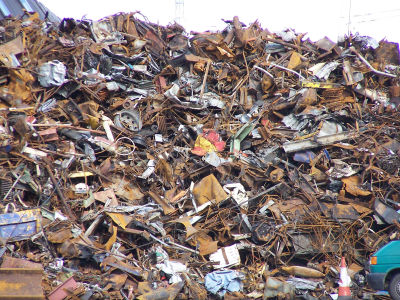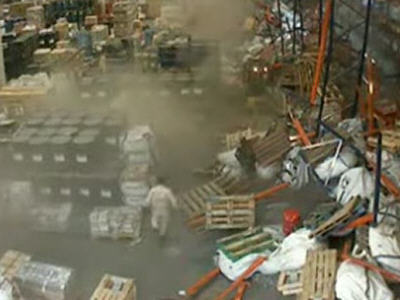Research institutes analyze that the Beirut port explosion was due to multiple mistakes, including the sloppy storage of ammonium nitrate.

The Beirut Port Explosion ← Forensic Architecture
https://forensic-architecture.org/investigation/beirut-port-explosion

models / 65 at master · forensic-architecture / models · GitHub
On August 4, 2020, local time, an explosion occurred at the port of Beirut, the capital of Lebanon. It seems that the cause was ammonium nitrate stored in the warehouse.
What is 'ammonium nitrate' that caused the Beirut explosion? --GIGAZINE

More than 200 people were killed and more than 6,500 were injured by the explosion. A large crater was born in the harbor.

By analyzing multiple footage shot, such as on a smartphone, the forensic architecture identified four separate smokes rising from disjointed locations in the warehouse where the explosion occurred in 14 minutes. Each smoke has a unique shape and color, which leads to identifying what kind of items were placed in the warehouse and how the fire broke out.
According to explosives expert Gareth Collet, ammonium nitrate is a substance that is difficult to explode on fire alone, but can cause a catastrophic explosion if placed in a closed environment with foreign matter in it. It seems that sex will come out.
This time, it is known that 23 tons of fireworks and 1000 tires were stored in the warehouse in addition to ammonium nitrate. This did not meet the standards required for warehouse management in the United Kingdom and Australia at all. The figure below, created by the forensic architecture, shows the Beirut port warehouse on the left, the storage standards in the United Kingdom in the center, and the storage standards in Australia on the right.

Originally, the ammonium nitrate that was in the warehouse was seized from the cargo ship in 2013, but for the next seven years, it was left in an inappropriate state, so fireworks and tires were put in the same warehouse. 'The tragic explosion highlights the multiple layers of state negligence,' including the storage, reports the Forensic Architecture.
Related Posts:
in Note, Posted by logc_nt





